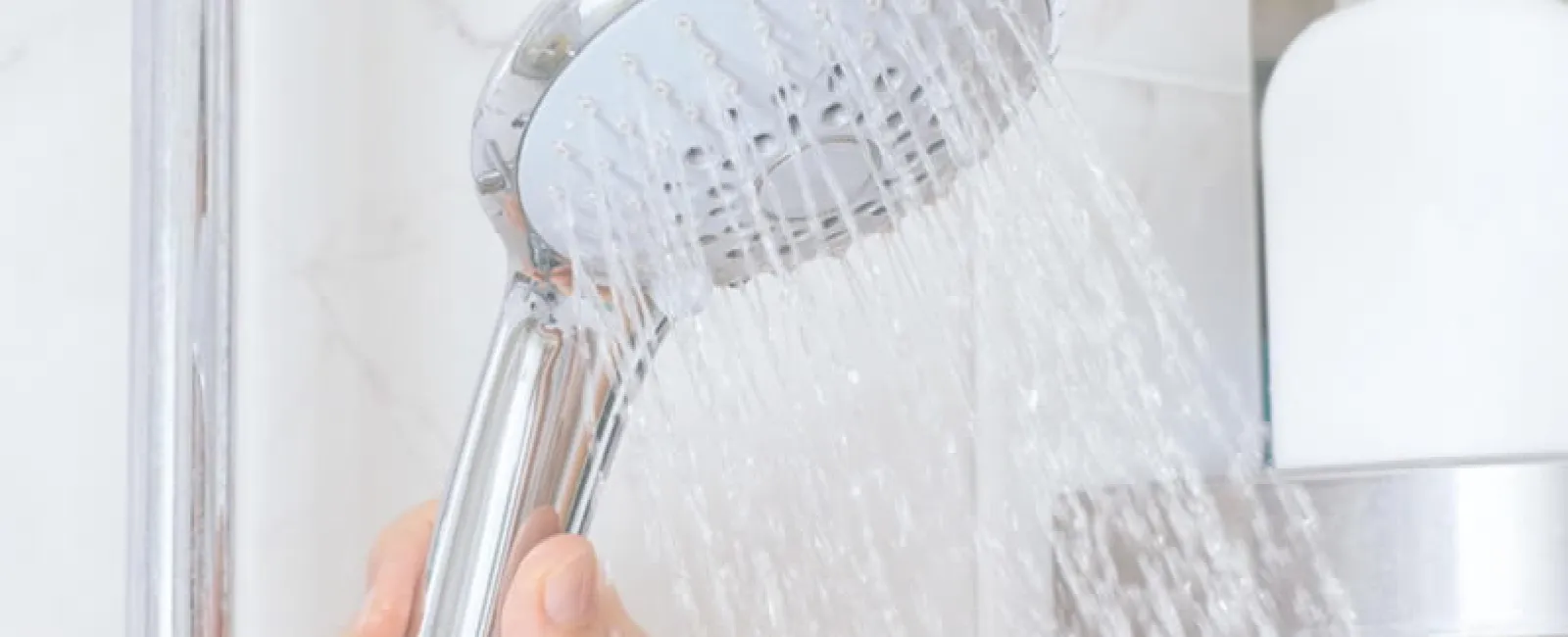Replacing a shower faucet on your own might seem like a daunting task, but it is not necessarily difficult. Even if you are not very experienced with bathroom or plumbing projects, replacing an old or damaged shower faucet is relatively simple. Your friends at Mr. Rooter Plumbing has put together this quick guide on how to replace a shower faucet as a DIY project. If you have any questions or concerns, or if you want to hire a qualified plumber to take care of the shower faucet replacement, then call Mr. Rooter Plumbing and get in touch with a live representative. We can have a nearby plumber dispatched to your location as soon as possible.
What You Will Need
Before you get started, make sure you have all of the necessary supplies on hand so that your work is not interrupted. All of these tools and materials can be found at your local hardware store:
- New shower faucet(s)
- Gas fittings and connectors
- Cleaning rags
- Tube cutting
- Plier set
- Hand saw
- Reciprocating saw
- Torch and tank
- Solder
Before You Get Started
Now that you have your tools and supplies ready, head over to the water shutoff valve and turn off the water supply. Then, open up a faucet at a lower level in your home to relieve any pressure in the lines and leave it open as you work. Finally, block the shower drain with a piece of cloth to prevent small parts from falling in. You can also lay a blanket or piece of cardboard on your tub floor or shower base to protect them from the impact of dropped tools.
Remove the Old
Though faucet handles can be removed in different ways, depending on the model, the steps are intuitive. Some have a cover plate which can be pried off with a screwdriver. There will also be screws or bolts that must be loosened by turning counterclockwise. Remove the old shower faucet and faucet handles.
Removing the old valve will be a little trickier. With a drywall saw, you will have to cut a section of drywall from the other side of the bathroom wall. You will see a stringer with the valve mounted on it. Cut the copper pipes using a tubing cutter to remove the stringer and valve.
Installing the New
Make sure the fittings match the plumbing in your house. The new valve should have two inlet channels and two outlet channels. If your bathroom has either a tub only or shower only, then the extra outlet channel should be capped.
To connect the valve, attach female adapters to the end of the copper pipe and solder the connection using a torch and lead-free solder. Apply a light coat of solder onto the clean ends of the copper pipe as well as inside the valve fittings, then heat the middle of the fitting with a torch.
Next, assemble the valve section and get the stringer in place. The ideal depth of the stringer depends on the valve. Turn the water on to make sure there are no leaks. If there are no leaks, then path the wall, connect the cartridge if your valve doesn't already have one, install the tub spout and showerhead, and connect the shower trim handle. You should be all set.
